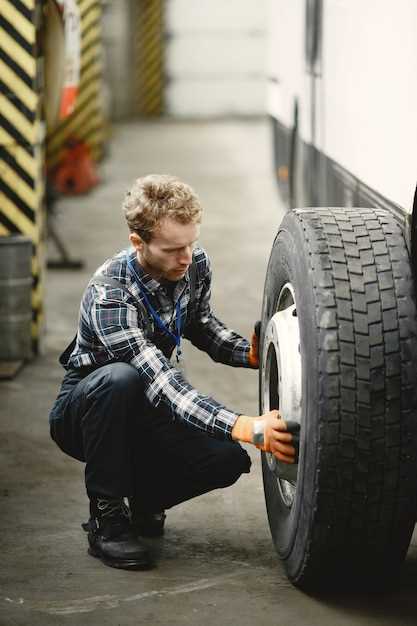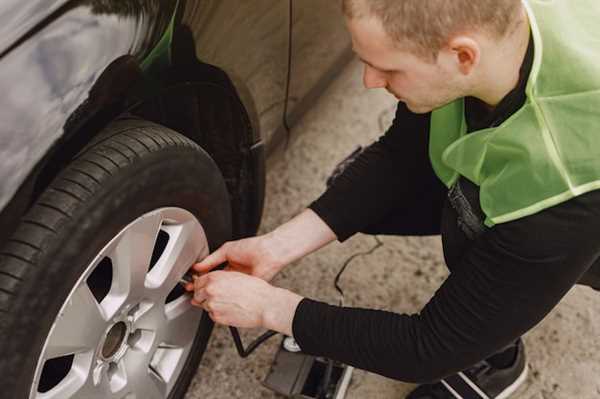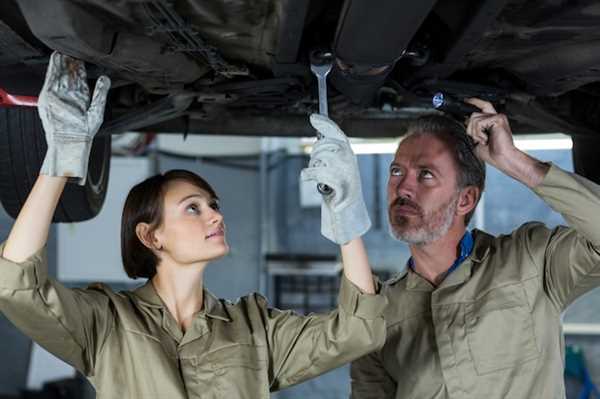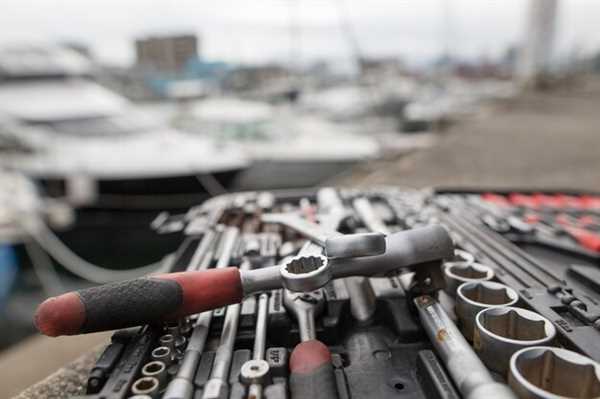
Regularly maintaining your rubber can significantly extend its lifespan and enhance its grip on the track. Check the tire pressure before each session; keeping it at the manufacturer’s recommended level ensures optimal contact with the surface. Under or over-inflated tires can lead to premature wear and reduced traction.
Implementing proper temperature management is crucial for achieving maximum adhesion. Monitor tire temperatures using infrared thermometers during practice runs. Aim for an even heat distribution across the tread; this balance ensures that all areas are engaged, providing consistent performance across corners and straights.
Cleaning your wheels after each event prevents dirt and debris from accumulating, which can compromise traction during subsequent sessions. Use a non-caustic cleaner to maintain the rubber compound and ensure a consistent surface for maximum grip on the track.
Rotation is another key aspect to consider; alternating tires front to rear every few races promotes even wear. This practice can prevent one set from degrading faster than others, maintaining reliable handling characteristics throughout the season.
Proper Tire Pressure Management for Optimal Grip
Maintain tire pressure within the manufacturer’s recommended range, typically between 30-35 PSI for most vehicles. Regularly check the pressure before driving, as tires can lose air over time, especially with changes in temperature. Adjusting pressure according to specific track conditions can enhance traction; lower pressure provides more grip but increases wear, while higher pressure can improve stability but may reduce contact. Use a reliable gauge for accurate measurements and make adjustments when tires are cold to ensure precision.
Monitor wear patterns; uneven wear may indicate incorrect pressure management. For competitive scenarios, consider a target range based on the track and vehicle characteristics. For example, softer compounds may perform better at lower pressures, while harder compounds benefit from higher settings. Keep records of your tire pressures during practice sessions to find the optimal balance for various conditions.
Consider using tire pyrometers to assess temperature across the tread. Optimal tire temperature indicates proper pressure, as overly hot tires suggest under-inflation, while excessive coolness may indicate over-inflation. Regularly adjusting tire pressure helps maintain consistent grip throughout sessions, leading to more predictable handling and improved lap times.
Routine Inspection: Identifying Wear and Damage

Regular maintenance involves a thorough check of the outer surface. Inspect for irregularities such as cracks, cuts, and punctures. Look for bulges or separations that indicate internal damage, often linked to impacts or improper inflation.
Assess tread depth using a gauge or a simple penny test; insufficient depth reduces grip and increases wear rates. Ensure grooves are clear of debris, as accumulated dirt can affect traction.
Monitor sidewall condition for signs of abrasion or contamination from oils and chemicals. This area is critical for maintaining overall integrity.
Evaluate tread pattern uniformity; uneven wear may signify alignment problems or incorrect pressures. Addressing these issues can extend the lifespan of the components.
Document findings during inspections. Keeping detailed records allows for tracking wear trends over time, making it easier to schedule replacements accurately and optimize resource use.
Selecting the Right Tire Compound for Different Conditions

Select soft compounds for cooler environments and tracks with high grip levels. These mixtures offer better traction but wear out quickly. For warmer temperatures or rougher surfaces, medium compounds strike a balance between durability and grip. They provide acceptable performance without excessive degradation.
In wet conditions, opt for wet-weather formulas. These compounds have deeper tread patterns to channel water away and enhance grip on slippery surfaces. Regular inspections for wear and proper maintenance extend their lifespan. Ensure that the tire pressure is adjusted according to the conditions to maintain optimal contact with the asphalt.
For endurance events, consider hard compounds. They resist wear over long distances but sacrifice some grip. Proper heat management is critical; they perform best when heated adequately. Monitor tire temperatures throughout the race to ensure they operate within the desired range.
Assess track conditions continuously. Using data acquisition systems can provide insights into tire performance and degradation rates, allowing for timely adjustments. Experience is invaluable; learn from previous runs to refine selections for different tracks and environmental factors.



